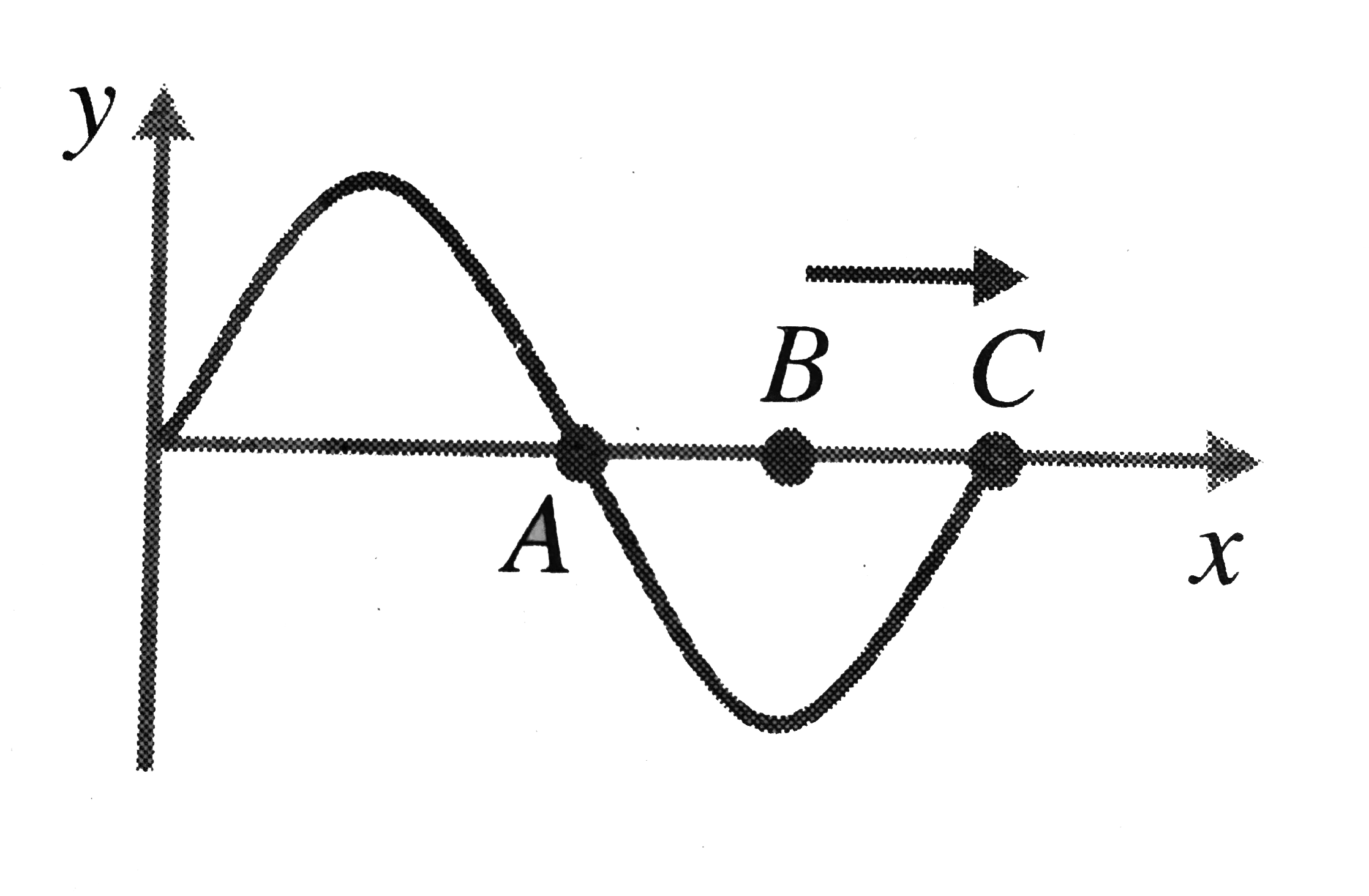In example, which point has the miximum pressure and which has the minimum pressure .
The correct Answer is:A, B, C, D
To determine which point has the maximum pressure and which has the minimum pressure in the given example, we can follow these steps:
1. Understand the Pressure Variation with Depth:
- Pressure in a fluid increases with depth due to the weight of the fluid above. This is described by the hydrostatic pressure formula:
P=P0+ρgh
where P0 is the atmospheric pressure, ρ is the density of the fluid, g is the acceleration due to gravity, and h is the depth of the fluid.
2. Identify the Points:
- In the example, we have four points labeled A, B, C, and D. We need to analyze the vertical positions of these points to determine their respective pressures.
3. Determine the Depth of Each Point:
- Assume the vertical distance from the top of the fluid to each point is known. For instance, if point C is at the bottom (6 meters deep) and point B is at a shallower depth (2 meters deep), we can conclude:
- Depth at C = 6 meters
- Depth at B = 2 meters
4. Apply the Hydrostatic Pressure Concept:
- Since pressure increases with depth, the pressure at point C (6 meters deep) will be greater than the pressure at point B (2 meters deep).
- Therefore, we can conclude:
- Pressure at C > Pressure at B
5. Identify Maximum and Minimum Pressure Points:
- From the analysis, point C has the maximum pressure because it is the deepest point.
- Point B has the minimum pressure because it is shallower than point C.
Conclusion:
- Maximum Pressure: Point C
- Minimum Pressure: Point B
- Pressure in a fluid increases with depth due to the weight of the fluid above. This is described by the hydrostatic pressure formula:
P=P0+ρgh
where P0 is the atmospheric pressure, ρ is the density of the fluid, g is the acceleration due to gravity, and h is the depth of the fluid.
- In the example, we have four points labeled A, B, C, and D. We need to analyze the vertical positions of these points to determine their respective pressures.
- Assume the vertical distance from the top of the fluid to each point is known. For instance, if point C is at the bottom (6 meters deep) and point B is at a shallower depth (2 meters deep), we can conclude:
- Depth at C = 6 meters
- Depth at B = 2 meters
- Since pressure increases with depth, the pressure at point C (6 meters deep) will be greater than the pressure at point B (2 meters deep).
- Therefore, we can conclude:
- Pressure at C > Pressure at B
- From the analysis, point C has the maximum pressure because it is the deepest point.
- Point B has the minimum pressure because it is shallower than point C.
- Maximum Pressure: Point C
- Minimum Pressure: Point B
Topper's Solved these Questions
- BOOK - DC PANDEY ENGLISHCHAPTER - FLUID MECHANICSEXERCISE - Exercise16.22videos
FLUID MECHANICS
- BOOK - DC PANDEY ENGLISHCHAPTER - FLUID MECHANICSEXERCISE - Exercise16.34videos
FLUID MECHANICS
- BOOK - DC PANDEY ENGLISHCHAPTER - FLUID MECHANICSEXERCISE - Exercise16.16videos
FLUID MECHANICS
- BOOK - DC PANDEY ENGLISHCHAPTER - EXPERIMENTSEXERCISE - Subjective15videos
EXPERIMENTS
- BOOK - DC PANDEY ENGLISHCHAPTER - GENERAL PHYSICSEXERCISE - INTEGER_TYPE2videos
GENERAL PHYSICS
Similar Questions
Knowledge Check
- Question 1 - Select One
If DPD represents diffusion pressure deficit, OP is the osmotic pressure and TP is the turgor pressure then which of the following equations is coorect?
ADPD=OP=TPBDPD=OP+TPCDPD=OP−TPDDPD=OP
Which has the maximum osmotic pressure at temperature T?
View SolutionWhich cell has maximum diffusion pressure deficit ?
View SolutionPressure has the dimensions
View Solution
The figure shows an instantaneous displacement position graph of a sound wave travelling along the positive x-axis Identify the points of
i.Maximum pressure,
ii. Minimum pressure and
iii. Atmospheric pressure (or normal pressure.)View SolutionWhich has maximum freezing point?
View SolutionWhich of the following crystal lattice has the minimum empty space?
View SolutionWhich is not true for root pressure
View Solution

